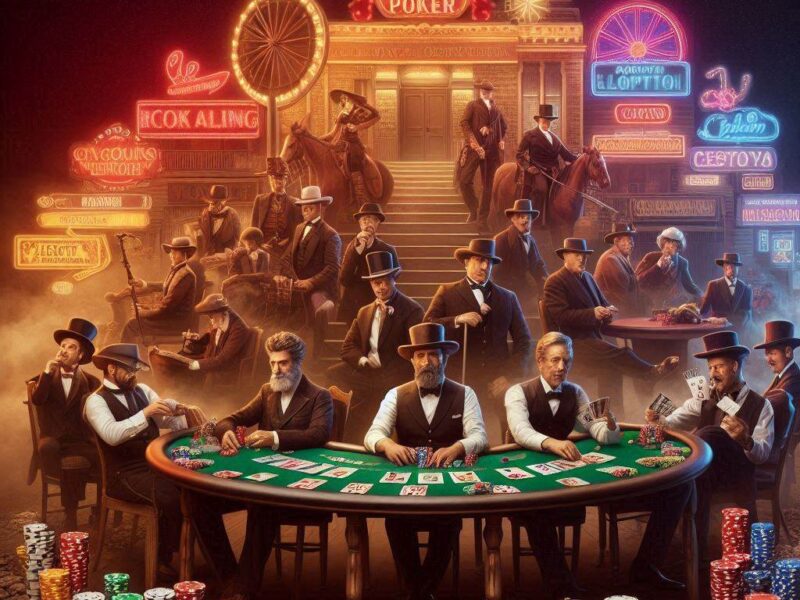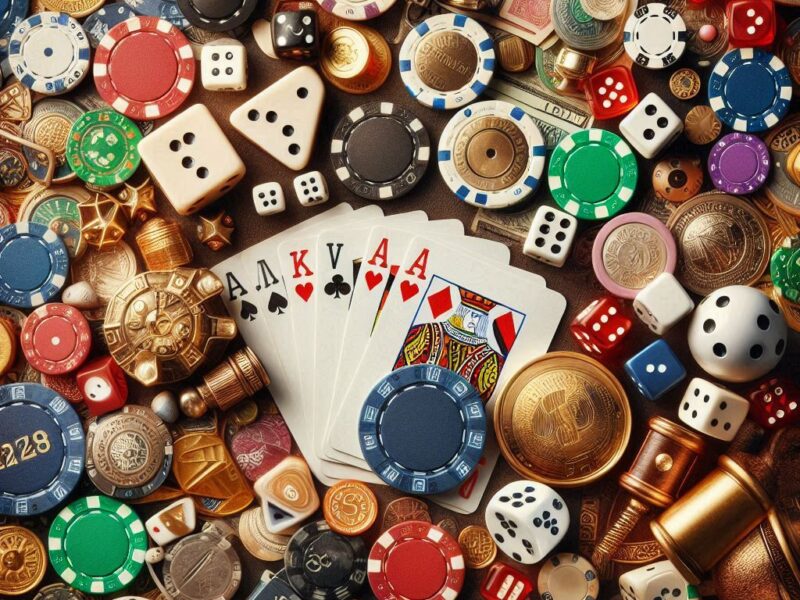The foundation of an effective bluff is understanding the psychology behind it. Bluffing is essentially a mind game. You need to convince your opponents that your hand is stronger or weaker than it actually is. the Psychology of Bluffing This requires a keen sense of observation to pick up on your opponents’ tendencies and tells. Pay close attention to how they bet in different situations, their body language, and even their verbal cues. Over time, you’ll start to notice patterns that can inform when it’s optimal to bluff.
Choosing the Right Moment
Timing is everything when it comes to bluffing. The most successful bluffs are those that are well-timed and take into account the flow of the game. Early stages of a game, when blinds are low, might not be the best time to bluff, as players are more likely to call bets with less to lose. Conversely, later stages of the game, particularly in tournaments when the blinds are high, can be the perfect time to bluff. Players tend to be more conservative with their chips, making them more susceptible to folding under the pressure of a well-timed bluff.
The Art of the Semi-Bluff
One of the most effective bluffing strategies is the semi-bluff. This is when you bluff with a hand that isn’t strong at the moment but has the potential to improve significantly on later streets. The beauty of the semi-bluff is that it gives you two ways to win: either your opponents fold to your bluff, or your hand improves, and you win the pot with the best hand. Semi-bluffs are particularly effective because they reduce the risk associated with bluffing while still applying pressure on your opponents.
Managing Your Table Image
Your table image plays a crucial role in the effectiveness of your bluffs. If you’ve been playing tight and only showing down strong hands, your opponents are more likely to believe your bluffs. the Psychology of Bluffing Conversely, if you’ve been caught bluffing several times, your table image will be looser, and opponents may call your bluffs more frequently. Managing your table image is about finding the right balance between being unpredictable and maintaining credibility. This balance will make your bluffs more believable and difficult for opponents to read.
Bluffing with Confidence
Confidence is key when executing a bluff. Hesitation or uncertainty can be a telltale sign that you’re bluffing. the Psychology of Bluffing When you decide to bluff, commit to it fully. Bet sizes are also a critical component of bluffing with confidence. Your bet needs to be convincing enough to get opponents to fold but not so large that it risks too much of your stack. Finding the right bet size is a skill that develops with experience and an understanding of your opponents’ betting patterns.
Conclusion
Mastering the bluff in casino poker requires a combination of psychological insight, precise timing, and the ability to manage your table image effectively. By incorporating these advanced strategies into your game, you’ll become a more formidable poker player, capable of turning even the weakest hands into winning pots. Remember, bluffing is an art as much as it is a strategy, and like all art forms, it takes practice to perfect. So, the next time you sit down at the casino poker table, consider how you can use the bluff to not only deceive your opponents but to also claim victory in the complex and thrilling game of poker.


